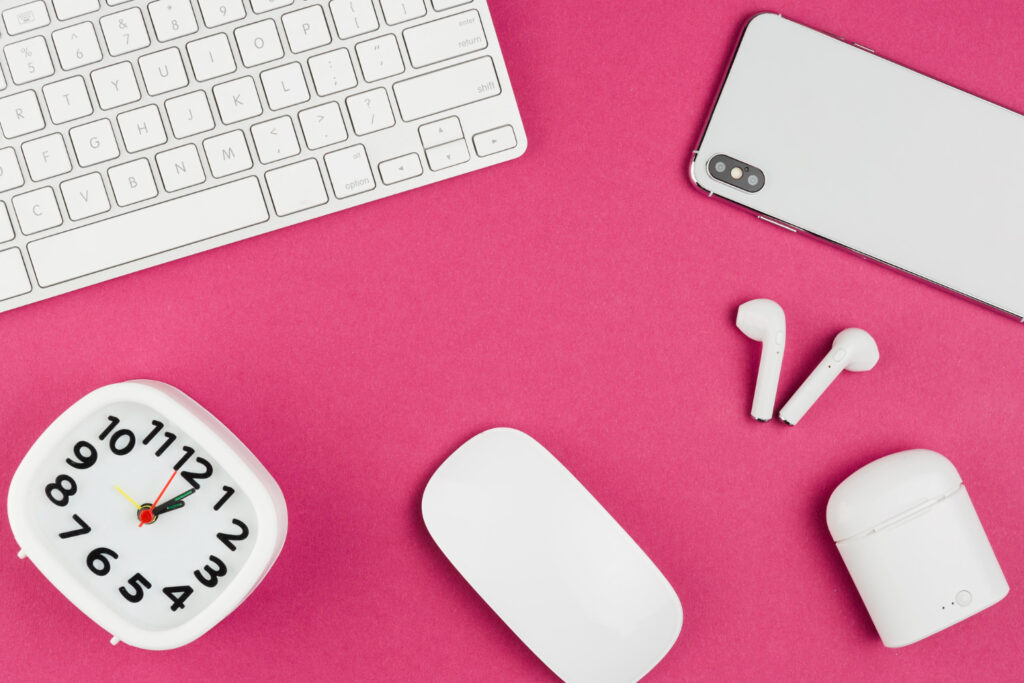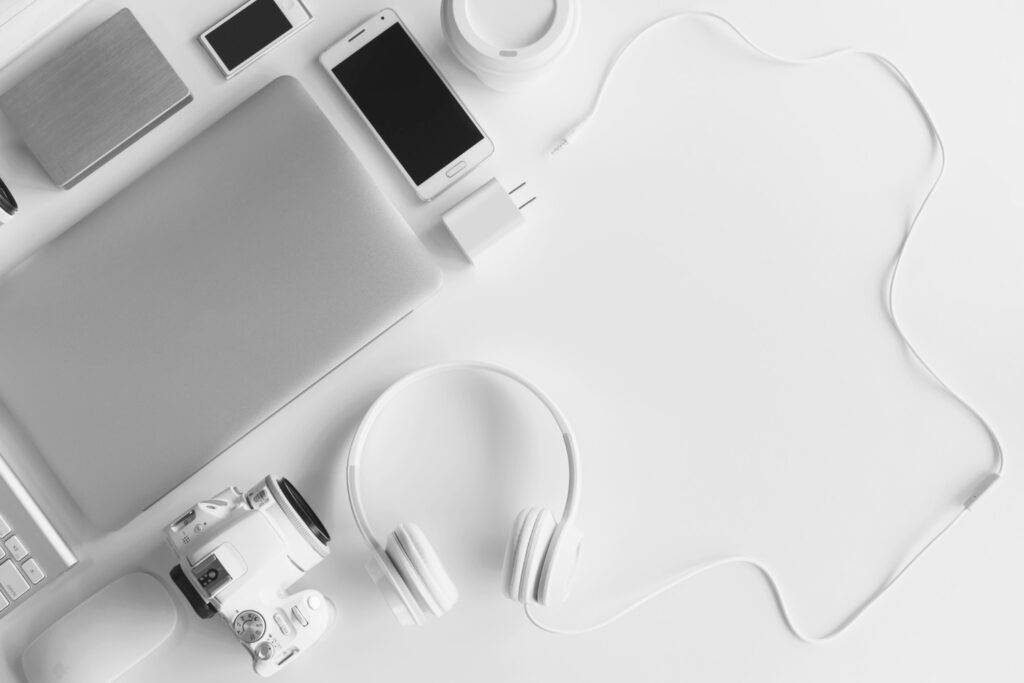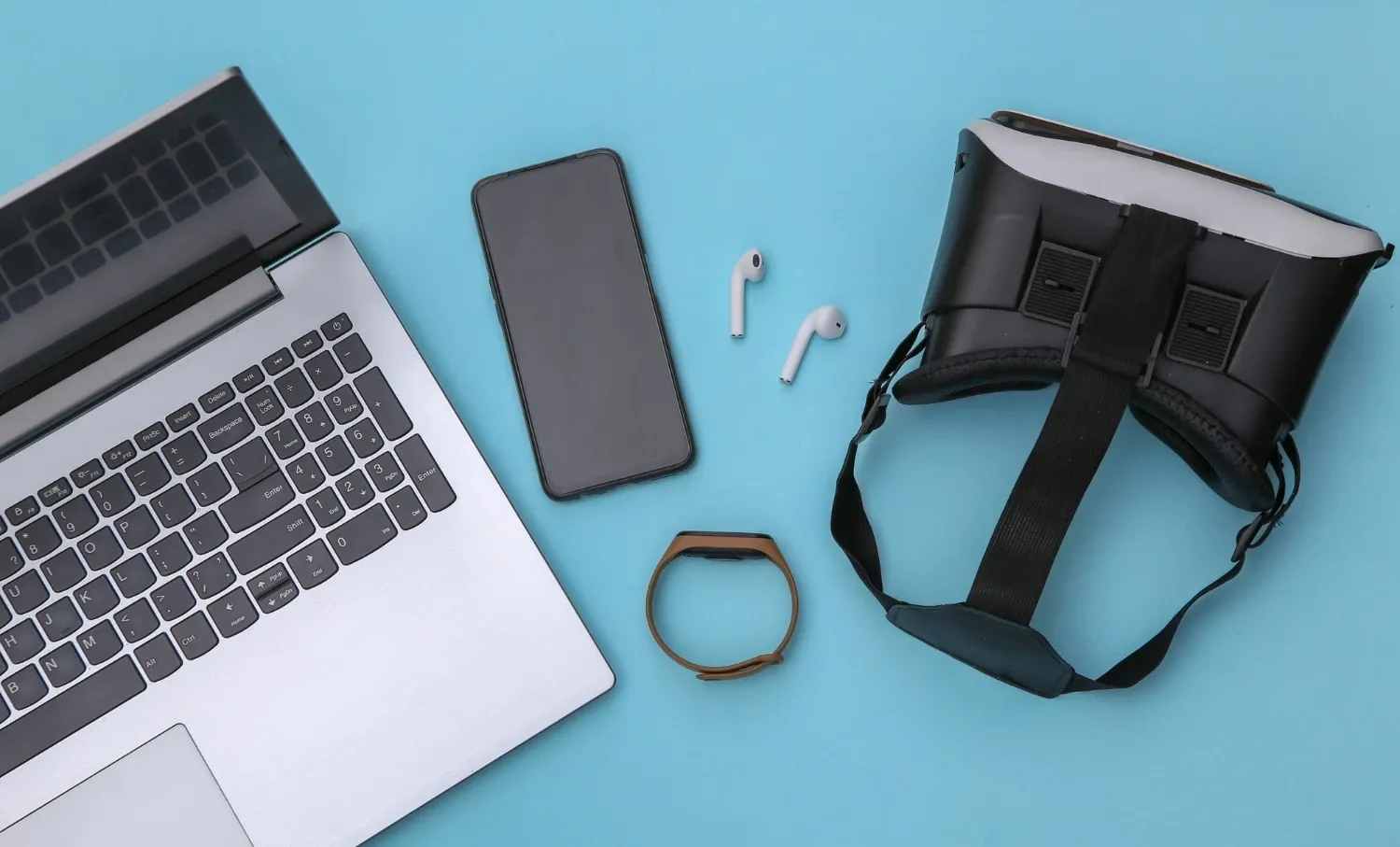Keeping your tech accessories, cables, and chargers in order can feel like wrangling a tangle of wires every time you open your bag. With a few smart organizer design lifehacks, you can create a system of compartments, labels, and holders that ensures each item has a designated spot. This approach not only speeds up setup when you arrive at your destination but also prevents lost or damaged gear. In this post, we’ll cover practical strategies to segment your case with modular compartments, apply clear labeling, harness color-coding, and establish maintenance routines that keep your organizer consistently efficient.
Segment Your Case with Modular Compartments

The first step to an orderly organizer is dividing the interior into versatile sections. Instead of fixed dividers, choose removable pouches, zippered mesh pockets, and elastic-lined walls that you can reposition as your kit evolves. Measure your largest adapters or power banks to allocate a base compartment, then layer smaller pouches for USB cables, memory cards, and earbuds. Using Velcro-backed dividers lets you reconfigure on the fly: swap in a larger pocket when you add a new device, or remove empty modules to free up space. This modular structure adapts to both compact everyday essentials and occasional bulkier items, ensuring nothing shifts or collides during transport.
Apply Clear, Consistent Labeling
Once compartments are in place, labeling helps you instantly identify each section’s contents. Use small adhesive tags or printed fabric labels affixed to pouches—labels like “USB-C Cables,” “Power Banks,” and “Lightning Cords” reduce search time and eliminate guesswork. For visual reinforcement, pair text with simple icons: a plug symbol for chargers, a lightning bolt for batteries. If your organizer has translucent mesh pockets, stitch or tape labels above each window so you see contents and category at a glance. By standardizing your labels across all pouches, you build a predictable system that any teammate or family member can navigate without explanation.
Harness Color-Coding for Faster Access
Color-coding adds an extra layer of speed to your organizer. Assign a color to each category—blue for data cables, red for power adapters, green for audio accessories—and apply matching tabs or heat-shrink bands around cable bundles. You can even use colored zipper pulls or small Velcro spots on pouches to reinforce the scheme. When you need a specific item, your eyes track color before shape, making retrieval almost automatic. This technique also helps when stowing away gear: quickly return items to the correct pouch by matching color cues rather than reading tiny tags in low-light situations.
Establish a Regular Maintenance Ritual

An organizer only works if you keep it up to date. Schedule a brief weekly “kit check” where you empty each compartment, verify contents against a master list, and remove obsolete items—such as frayed cables or expired adapters. Refill empty pouches, swap in fresh batteries, and adjust module positions if your gear lineup changes. Maintain a small “extras” pouch for spare USB tips, cable ties, or SD cards so you’re never stranded without a backup. Over time, this maintenance ritual becomes as routine as charging your devices, ensuring your organizer remains lean, efficient, and perfectly tailored to your current needs.

Leave a Reply